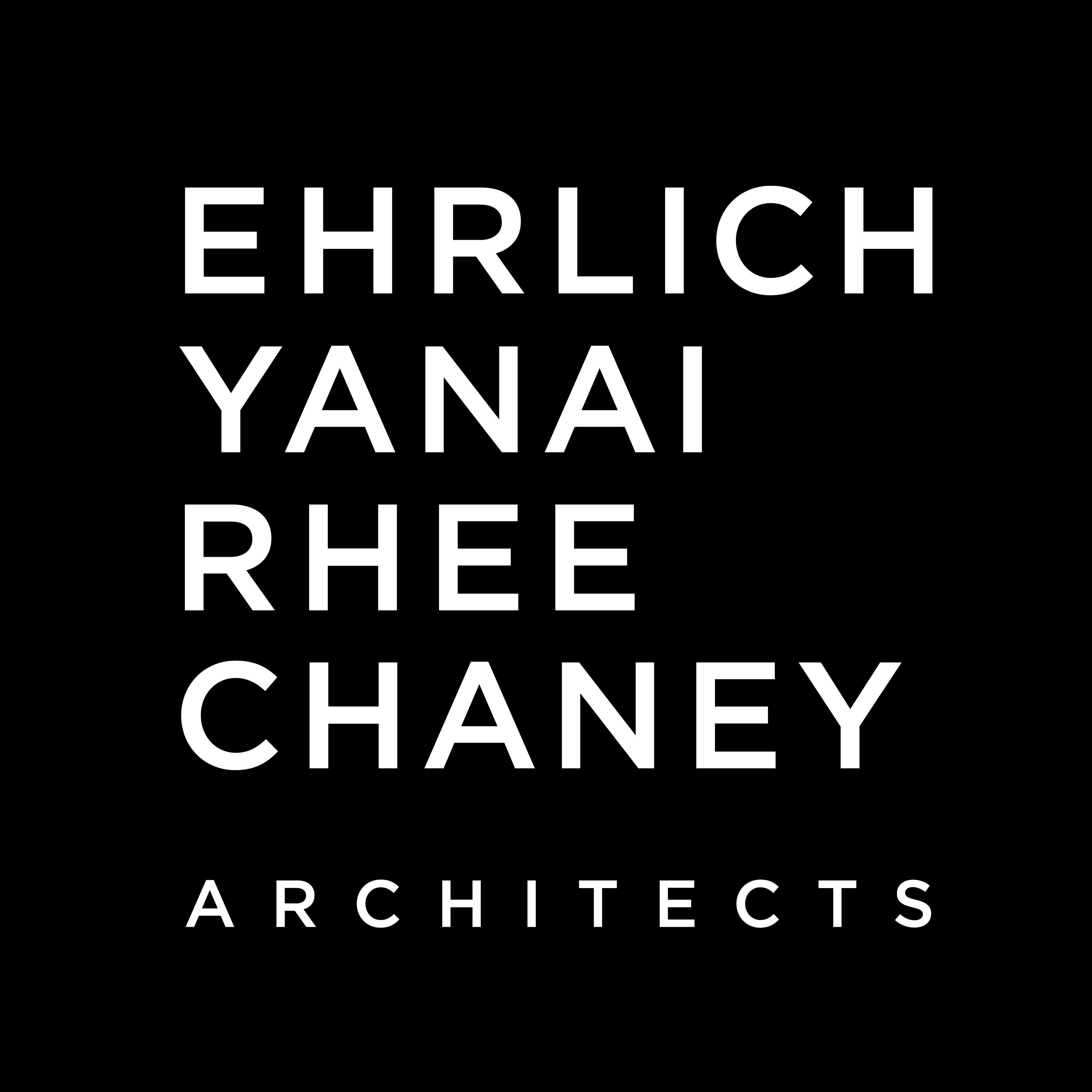
Integrating art in a home not only showcases important objects which define a family’s taste or passions, they often bring the architecture to life. Whether it be a painting, a sculpture, an installation or a collectible which doubles as a beautiful object, these elements tell a story. The process of designing a custom home can be largely influenced by a homeowners’ art collection, defining key planning or design decisions to help integrate these pieces, ensuring they are not an afterthought.
Below, we discuss the relationship between art and architecture and walk through a number of our own custom residential projects which were shaped by the owner’s intention to display art inside the home.
The Relationship Between Art & Architecture
Art and architecture have always been intertwined, especially in modern movements and schools of thought such as California modernism that place special emphasis on the craft and detail that goes into designing a home.
“We like to think that our architecture is artful, and we’re flattered when people say that our houses are works of art,” says Takashi Yanai, FAIA and Partner here at EYRC Architects. “But I do think that there’s a distinction in that our houses are more meant to create a sort of backdrop or vessel for art and life, as opposed to being true art in itself.”
As such, many of the projects in our residential portfolio feature what Yanai calls “deliberate moments” in the house—for example, at the top or base of a stair, at the end of a hallway, etc.—that are meant to be contemplative opportunities. These moments are often perfectly situated for holding a piece of art, and it’s possible to even design the space around a specific object if one is in mind. The result is a home that creates movement toward a piece of art and which frames the view around it, to stunning effect—it feels as though the artwork is as much a part of the home as the walls themselves.
“It gives people something to focus on while they're transitioning through spaces,” says Yanai.
5 Homes Designed to Showcase Art
1. Zeidler Residence
The owners of the Zeidler residence travel often, and over the years have thoughtfully amassed an extensive collection of artwork and souvenirs that they like to rotate throughout their home. A part of our job in designing the home was to find a way of incorporating this collection into the finished project.
.jpg?width=617&name=EYRC-dramatic-art-niche-in-modern-home-(stairs).jpg)
The final design features a staircase spanning a total of four floors, from basement to rooftop. As such an integral part of the home, this staircase became the perfect location for an art display; as the owners traversed the steps multiple times each day, they were offered the ability to pause even momentarily to consider and reflect upon the art on display.
2. Emerald Bay Residence
In incorporating these reflective moments or spaces into a home’s design, it’s also important to think about how the inhabitants will be engaging with the architecture itself. The tokonoma featured in the Emerald Bay residence is an excellent example of how where art in a home is located can impact its resonance.
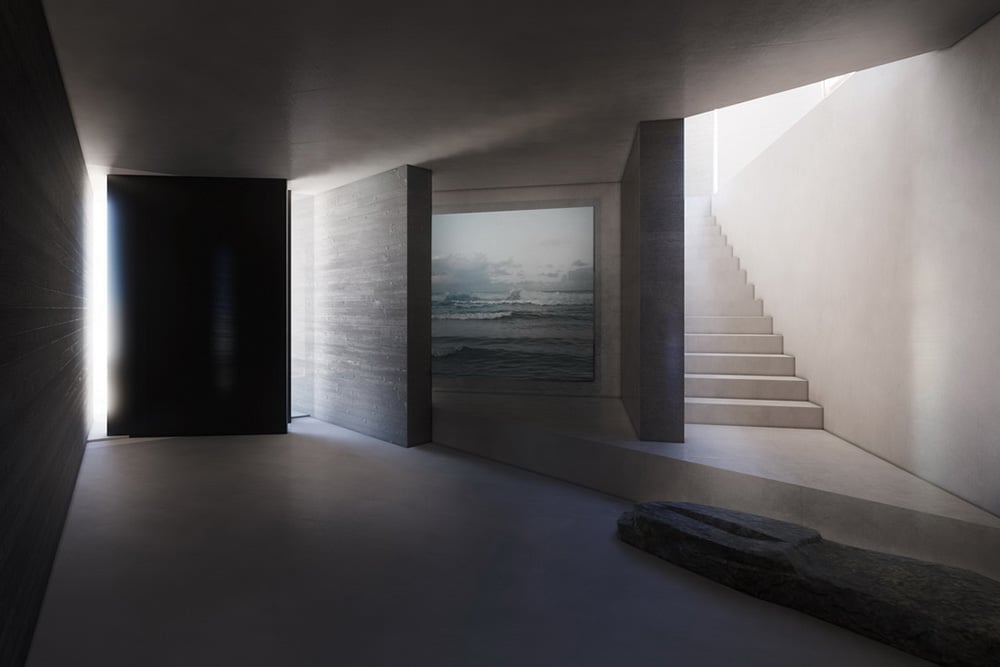
A tokonoma is a sort of art niche that is featured in Japanese architecture, and which has influenced our design philosophy. It is often a recess or alcove, a few inches above floor level, embedded directly within the home itself, that allows for the owner to express themselves through art.
In the case of the Emerald Bay residence, the location of this niche was chosen very deliberately to be near the main entry foyer of the home. The reason for this is that the entry is in an unusual spot within the home; it’s dark and on the lower level, away from the main living spaces. By incorporating a tokonoma and piece of art, the space becomes a special place within the home: A moment of quiet contemplation as guests arrive and remove their shoes, or as the owners prepare to leave the home.
3. Crescent Drive
In the Crescent Drive residence, the main living space of the home was seen as the perfect opportunity for displaying art. As such, artwork hangs on two large walls and meets the gaze of any individual who walks through the room. The first painting is positioned in such a way that it becomes visible when you land at the bottom of the staircase and pivot; the other as you walk toward the back wall.
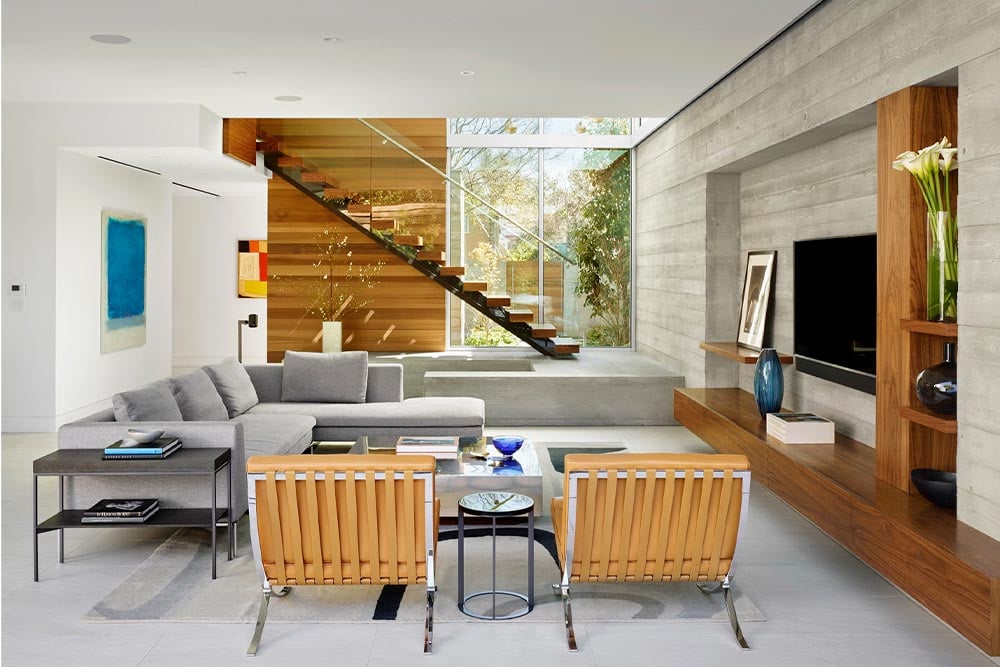
The room also features a rendition of a tokonoma which houses both the television and a number of decorative vases, allowing the art to become a seamless part of the room.
4. Waldfogel
Finally, the Waldfogel residence features a 30-inch-thick, three-story-tall, nearly 100-foot-long cast-in-place concrete wall which in many ways can be considered a piece of sculpture in its own right.
Because it is cast-in-place, there are no tie-holes, making the surface incredibly smooth and beautiful. Running the length of the home, it does a lot of heavy lifting as an organizing element within the home. This means that you must pass through the wall itself as you travel from room to room, allowing it to serve as a sort of threshold and visual queue that you are transitioning into a new space.
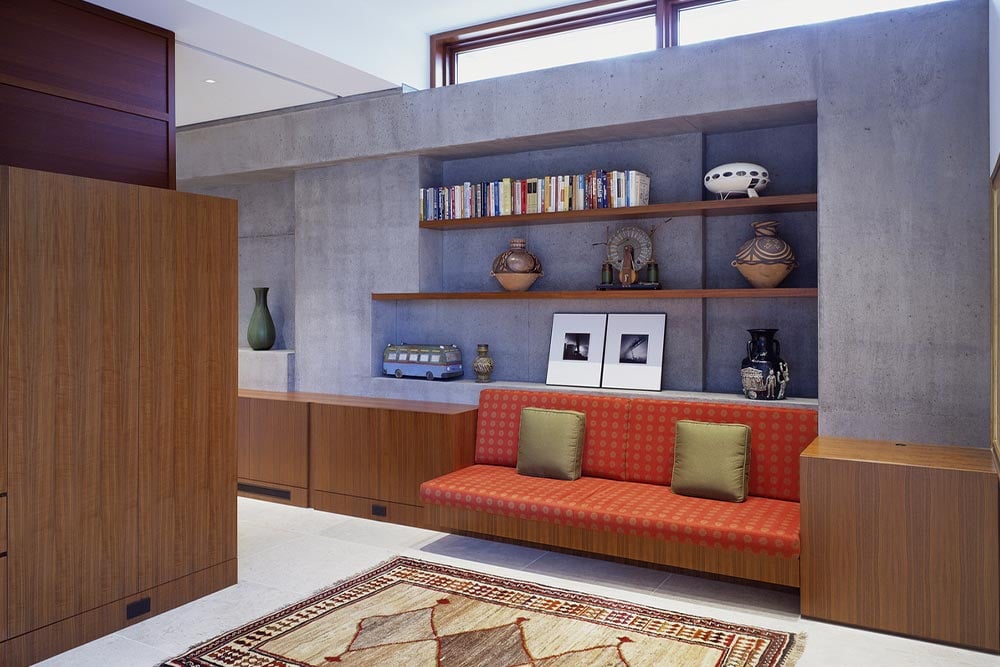
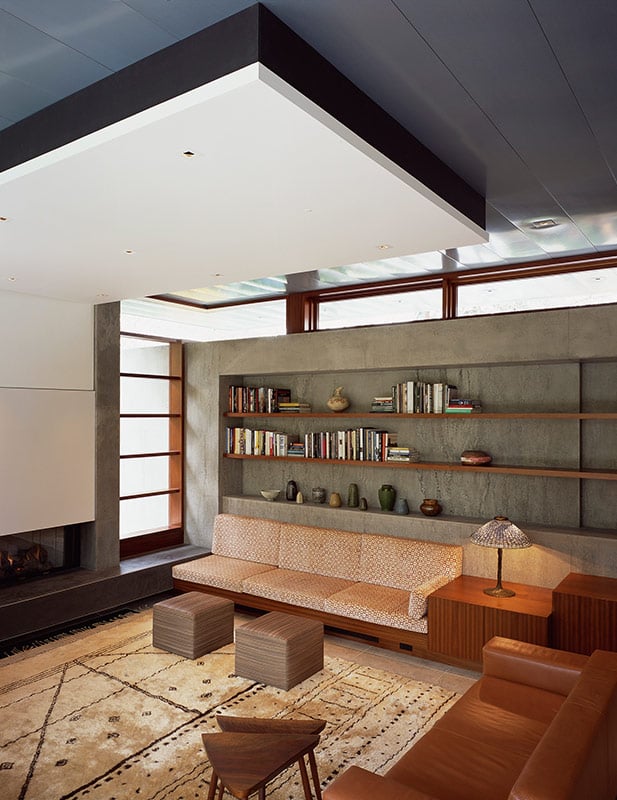
In addition to this, the wall features many shelves and nooks built directly into it. This allows the wall to act as a bookcase, storage space, display acove, and even seating area throughout the home.
5. Spectral Bridge House
In the case of the Spectral Bridge House, EYRC Architects collaborated with noted light and space artist Johannes Girardoni to create an immersive installation which resulted in a true merging of art and architecture.

The Spectral Bridge is integral to the architecture as it connects the 3 separate volumes on the site. It also serves as a media and entertainment space for the family, with the light changing in color, tone, and audio frequency throughout the day and year.

An Inspiring Collaboration
Working with artists and/or incorporating pieces that are special to our clients is a passion, and we look forward to these opportunities. The key to success in integrating art in a meaningful way is to discuss the vision and goal with the design team early in the process, so the most prominent pieces are seamlessly fused with the design.
